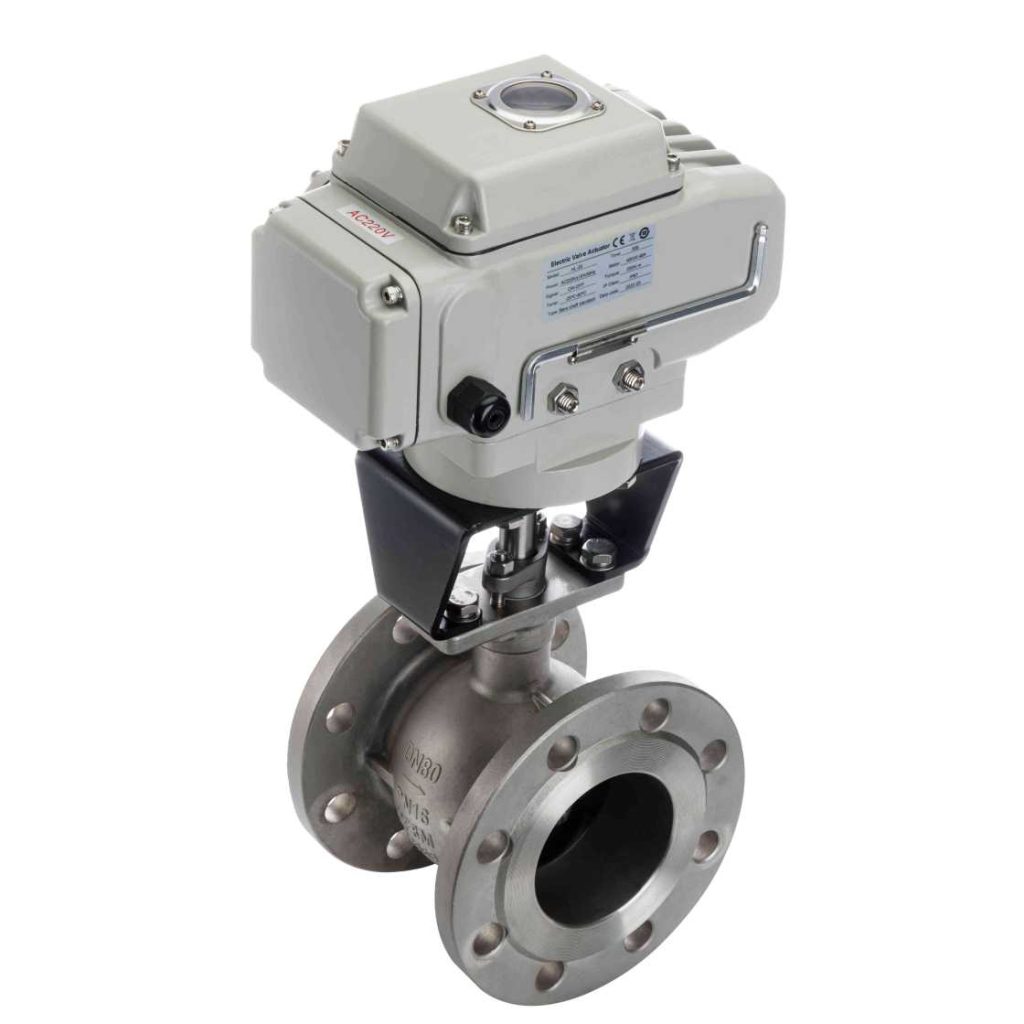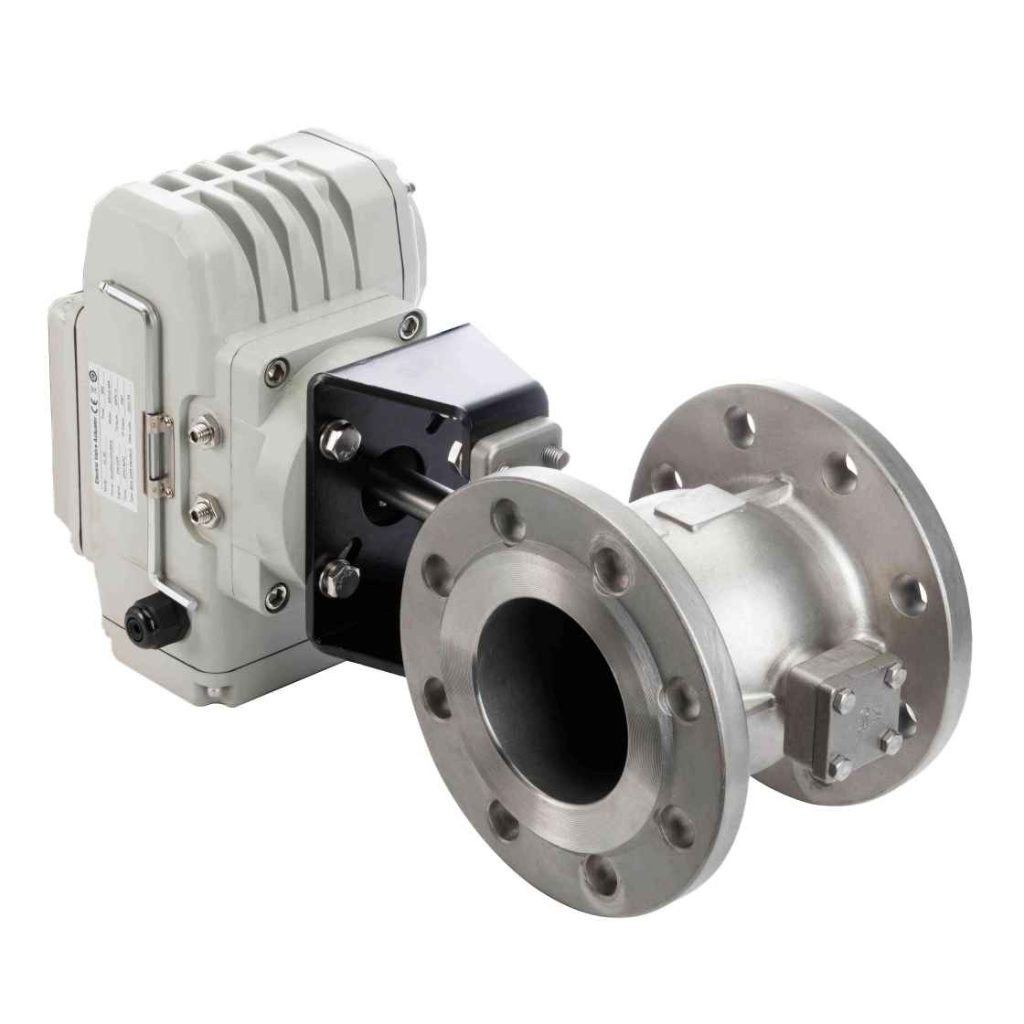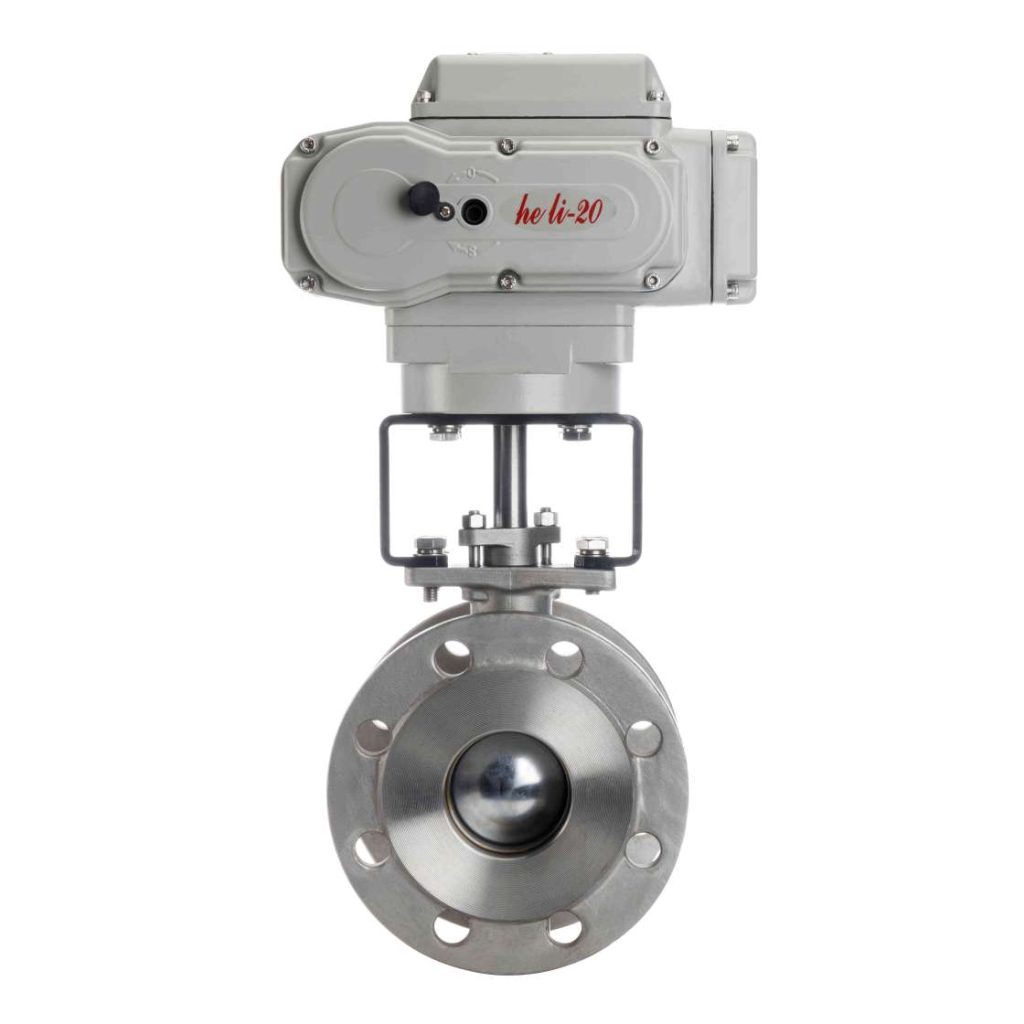Electric V-ball valves are becoming increasingly popular in industrial applications for their precision, reliability, and ease of automation. These valves combine the functionality of a control valve with the efficiency of electric actuation, offering an innovative solution for regulating the flow of fluids in a variety of systems. In this article, we will explore the advantages of electric V-ball valves, focusing particularly on how HeLi Automation has played a pivotal role in advancing this technology to meet modern industrial needs.

Understanding Electric V-Ball Valves

Electric V-ball valves, as the name suggests, are equipped with a “V” shaped ball inside the valve body. This unique design provides a greater degree of control over the flow of media compared to traditional ball valves. The V-shaped ball allows for more accurate flow modulation, making it particularly suitable for throttling applications. The valve is typically operated by an electric actuator, which is powered by electricity rather than air, giving it an advantage in terms of efficiency and control. The electric actuator in a V-ball valve uses a motor to turn the valve stem, which in turn rotates the V-ball to control the flow. This process is highly responsive and precise, allowing operators to fine-tune the flow rate according to the specific requirements of the system. Moreover, the electric actuator allows for remote control and integration with automated control systems, enhancing the overall efficiency of industrial processes.
